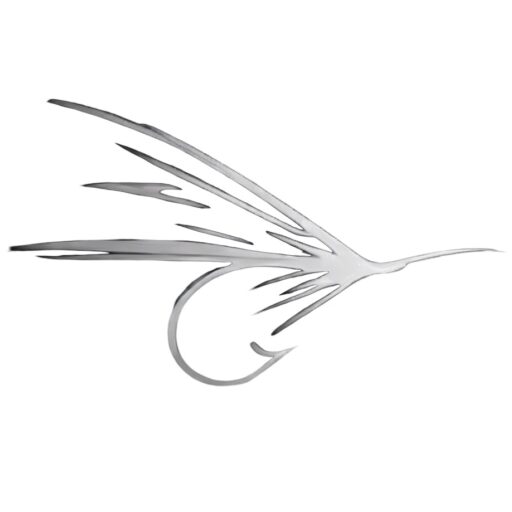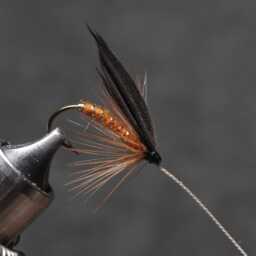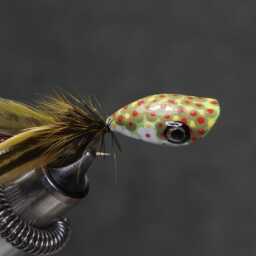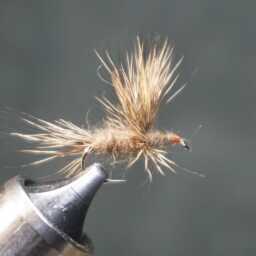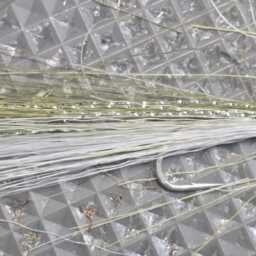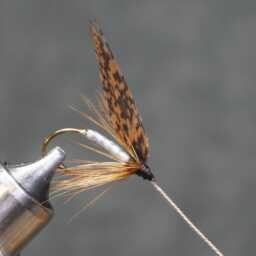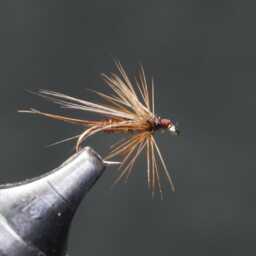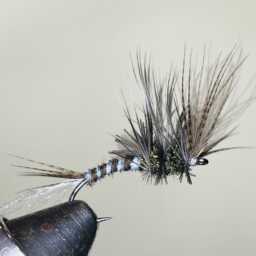In the context of fly tying, ostrich herl feathers offer a fluffy body effect for nymph and dry fly patterns. Recognized for their lifelike and animated qualities, ostrich herl is ideal for callibaetis nymphs, damselflies, streamers, and scuds. Despite its historical use for salmon flies and some freshwater patterns, ostrich herl deserves greater recognition for its effectiveness in saltwater patterns.
Ostriches, the heaviest and largest living birds, are flightless and remarkable creatures. Adult common ostriches weigh between 63.5-145 kilograms, laying the largest eggs among all living land animals. These birds can reach speeds of 70 km/h (43.5 mph), making them the fastest on land. Globally farmed, ostriches contribute significantly to industries, notably in the Philippines and Namibia. Ostrich leather is a sought-after commodity, and their large feathers find use as plumes for ceremonial headgear. Humans have utilized ostrich eggs for various purposes throughout history.
Belonging to the genus Struthio in the order Struthioniformes, ostriches are part of the infra-class Palaeognathae, a diverse group of flightless birds known as ratites. This group includes emus, rheas, cassowaries, kiwis, as well as extinct species like elephant birds and moas. Two living ostrich species exist: the common ostrich in sub-Saharan Africa and the Somali ostrich in the Horn of Africa. While the common ostrich was originally native to the Arabian Peninsula, it used to inhabit areas as far east as China and Mongolia during the Late Pleistocene, possibly into the Holocene.
« Back to Glossary Index